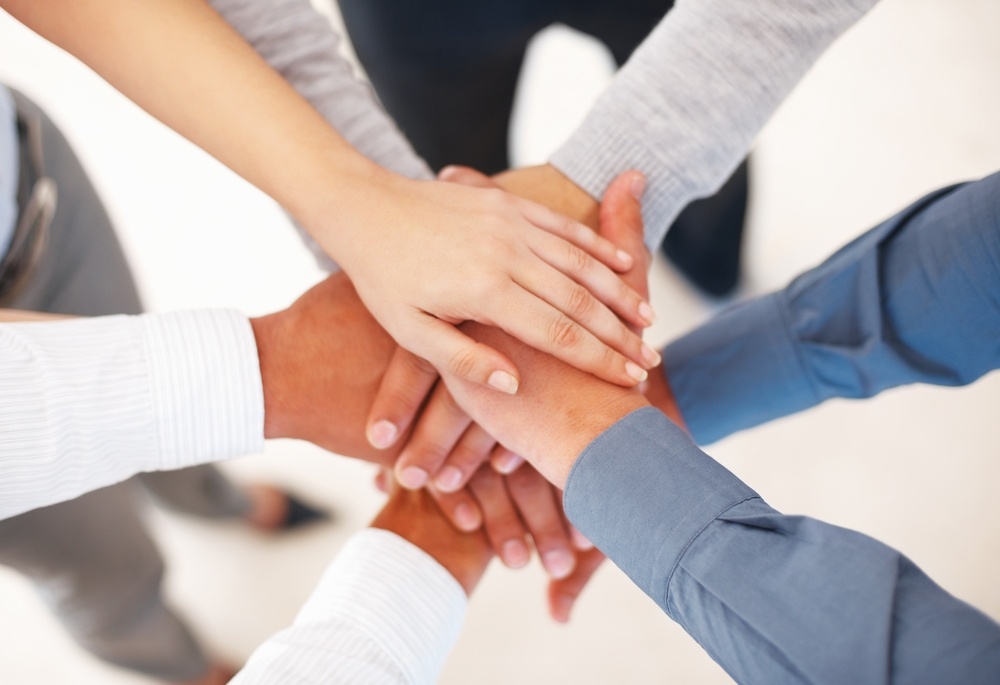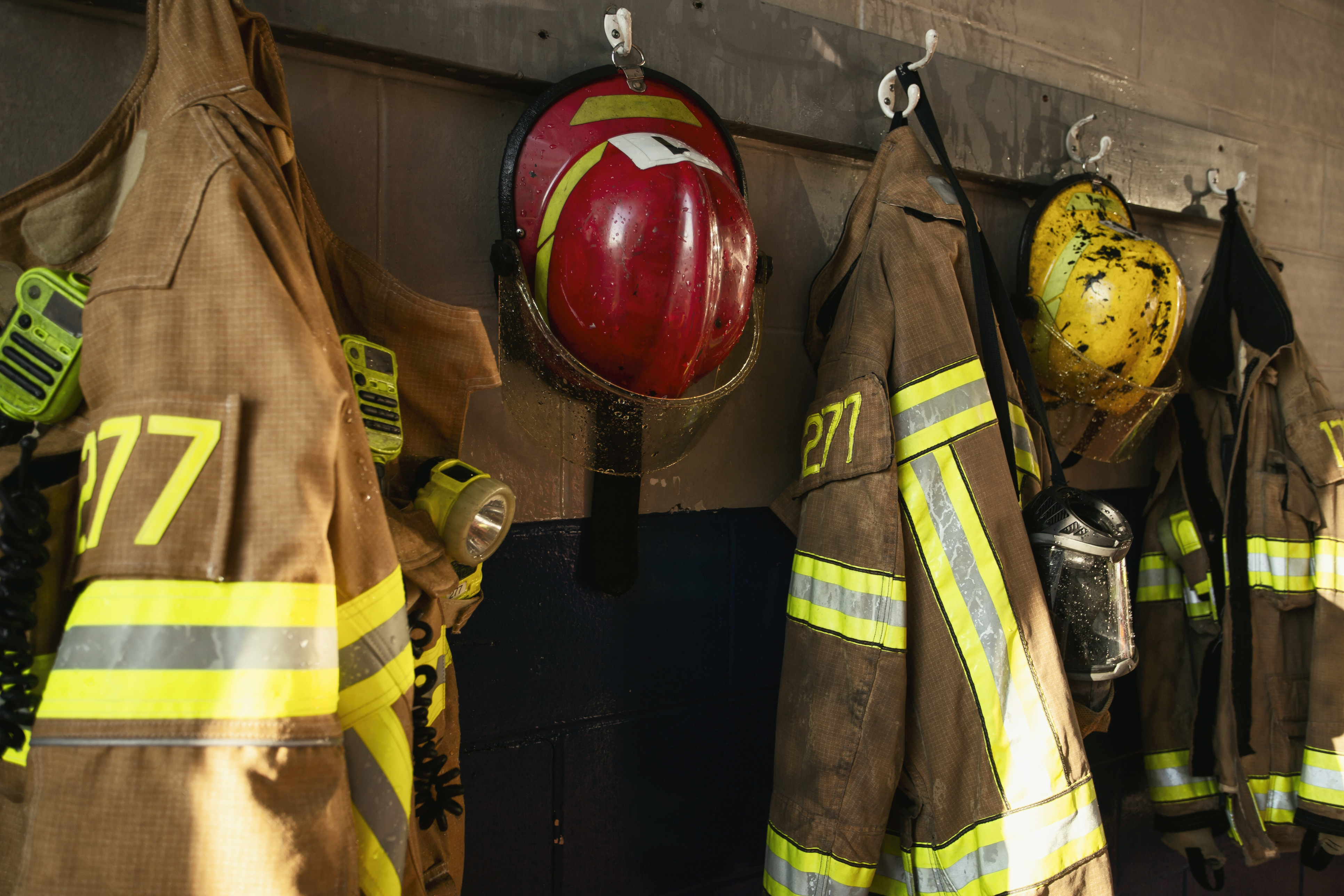How Fire and Battalion Chiefs Can Get the Data They Need for Funding, Staffing, and Safety
Conformity: A Real Threat To A Just Culture
Just culture refers to a values-supportive model of shared accountability.

Just culture refers to a values-supportive model of shared accountability. It's a culture that holds organizations accountable for the systems they design and for how they respond to staff behaviors fairly and justly. In turn, staff members are accountable for the quality of their choices and for reporting both their errors and system vulnerabilities (Griffith, 2009).
I am not an expert in Just Culture like my good friend from the Center for Patient Safety, Lee Varner, but I am a strong believer in it. Lee was not the first to deliver the message of the impact that a Just Culture, or lack of it, has on patient and provider safety, but he has become one of its most passionate disciples.
We have learned, after years of studying medical errors, that there will always be human error. We have also learned that taking punitive action against those that commit those errors rarely fixes the problem or reduces the number of errors. More often than not, errors are the result of system issues.
A just culture looks at behaviors to determine if they fall under:
- Human Error
- At Risk Behavior
- Reckless Behavior
The response to each is or should be very different as the chart below shows.

A Commitment to Your EMS Agency's Core Values
At the very core of Just Culture is not only an understanding of an organization's core values, but a commitment to them. I have written before about the difference between conformity and commitment, and here again I am going to say that the difference is HUGE. In my opinion, when talking about Just Culture, it is the key.
The fundamental difference between conformity and commitment is belief. Those who believe in something will commit to it. Those who do not may conform to keep their jobs. The difference between these two groups is again HUGE and should be easily noticed. Those who conform, rather than commit are the greatest threats not only to your Just Culture environment and the safety of your patients and providers, but to the overall success of your organization.
The conformers are the folks that will take shortcuts minimizing risks in their minds. They are the ones who will knowingly disregard risks and act recklessly. They are the ones, very often, created and then tolerated by their leaders.
How? They are created by leaders who talk about the core values, but whose actions clearly show a disregard for them. They are created by leaders who talk about transparency, but are not transparent. They are created by leaders that punish human mistakes and cover up reckless behavior fearing what their senior leadership will think or do. They are created by leaders who themselves are conformers.
Can a Just Culture Policy Work for Every Type of EMS & Fire Agency?
I remember the very first time that I heard someone speak about Just Culture. It was many years ago at a conference. I attended the session with my boss at the time and a colleague from another agency in my area. Immediately after the session, I approached the speaker, asked him whether or not he helped organizations in implementing Just Culture and took his card.
I met my boss and our colleague outside having a drink. I was super excited! Immediately I started talking about the session and the speaker's willingness to help organizations like ours implement a Just Culture. The colleague from the other agency was a bit ahead of us and shared that they were in the process of implementing a Just Culture and the difference that it was already making in employee morale and safety. My boss chimed in with, "It's not realistic in an organization like ours. It would never work." What? I thought I must have misunderstood what he was saying.
He continued, "Can you imagine legal's reaction to something like this? Can you imagine what the low-lifes (his word, not mine) on our staff would get away with? This stuff is fine in rural America, but not in New York City." Surprised and embarrassed, I looked at my colleague from the other agency who was clearly shocked. He tried to explain that his organization was doing this successfully in New York City and that his legal department was very supportive. My boss said something along the lines of, "Let's agree to disagree on this." The conversation was over.
I am not sure why I was surprised, my boss was the textbook definition of a conformer. When our quality and patient safety committee asked us to measure and report monthly on hand hygiene by our providers, I wanted to explain to them how difficult that was in an EMS environment. He stopped me. Instead, he fabricated numbers to report every month. He told people that he stood at the emergency room entrance different days during the month, observed and manually recorded whether or not his crews practiced hand hygiene. This false reporting went on for years and no one questioned it.
The conformer hired others like him and successfully created a Culture of Conformity. People were punished for mistakes, systems and processes were always justified, reckless behavior was hidden. People learned to be hide their mistakes, to be silent about them. From the outside, things appeared to be running well. In reality, patients were at risk, providers were at risk and the organization was at risk.
Make sure that those leading your organization are among those that commit and not among those that conform.
Related Posts
Your Agency Isn’t Getting Paid: Here’s What You Can Do
ZOLL Data Systems | Jan 23, 2024
Meet the New ZOLL Dispatch and ZOLL Respond CAD Solution
ZOLL Data Systems | Dec 14, 2023
ZOLL Pulse Blog
Subscribe to our blog and receive quality content that makes your job as an EMS, fire, hospital, or AR professional easier.
ZOLL Pulse Blog
Subscribe to our blog and receive quality content that makes your job as an EMS, fire, hospital, or AR professional easier.



